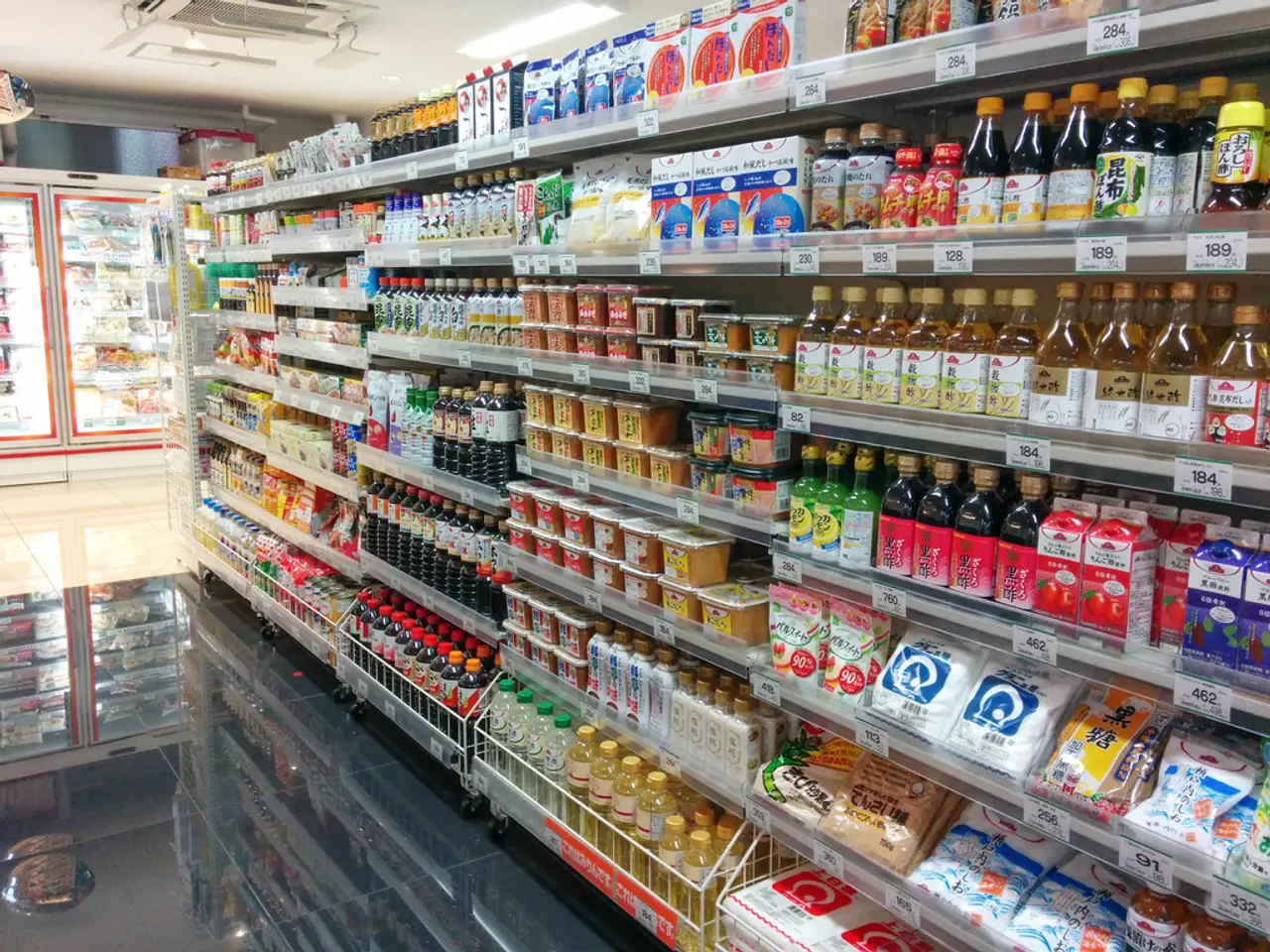Huawei Advancements: Could Huawei's AI Technology Challenge Nvidia's Domination?
In the rapidly growing AI hardware market in China, Huawei is making significant strides, posing a challenge to the global leader Nvidia. Due to U.S. trade restrictions, Nvidia is losing substantial market share in China, creating a market opportunity for Huawei.
Huawei's Ascend series of AI chips, including the 910B and 910C, are now seen as credible alternatives to Nvidia's AI chips within China. The Ascend 910C, for instance, delivers about 60% of the performance of Nvidia’s H100 GPU at a lower cost, positioning Huawei as a strong domestic competitor for AI inference tasks.
However, Huawei's influence is primarily limited to the domestic market due to export controls and supply chain restrictions. Nvidia, on the other hand, remains the dominant global leader in AI chips, with over 90% of AI developers worldwide relying on Nvidia’s CUDA ecosystem.
U.S. export controls since 2019 have severely restricted Huawei’s access to advanced U.S. chips and the equipment needed for high-end chip manufacturing. As a result, Huawei's projected AI chip production for 2025 is limited to about 200,000 units, which is below the company’s demand.
Facing these restrictions, Huawei is focusing on supplying its AI chips to Chinese customers as an alternative to Nvidia. The Chinese government, which is focusing on technological independence from the West, is backing Huawei's expansion of production capacities.
Despite the constraints, U.S. officials warn that China is rapidly catching up in chip design and manufacturing capabilities, though its ability to produce cutting-edge chips at scale is still limited by global supply chain chokepoints.
Here's a summary of how Huawei and Nvidia compare in the AI chip market:
| Aspect | Huawei (Ascend 910C) | Nvidia (H100) | |-----------------------|------------------------------|-------------------------------| | Performance | ~60% of H100 (inference) | Industry-leading | | Market Reach | Mainly China | Global | | Production Capacity | ~200,000/yr (2025, est.) | Higher, not publicly limited | | Ecosystem Lock-in | MindSpore, less adoption | CUDA, dominant globally | | Impact of U.S. Ban | Severe production constraints| Limited access to China |
Huawei has emerged as a formidable domestic competitor in AI chips, but its global market share and technological ecosystem remain far behind Nvidia’s, largely due to the ongoing impact of U.S. trade sanctions.
Sources: 1. Giga.de 2. Various industry reports 3. Huawei's official website and press releases
*This article is intended to provide factual information and does not express any opinions or predictions.*
The technology of artificial-intelligence (AI) chips, such as Huawei's Ascend series, is challenging Nvidia's dominance within the domestic Chinese market, with the Ascend 910C delivering approximately 60% of the performance of Nvidia's H100 GPU at a lower cost. However, Huawei's global market reach and technological ecosystem are far less advanced compared to Nvidia’s, primarily due to export controls and supply chain restrictions.




